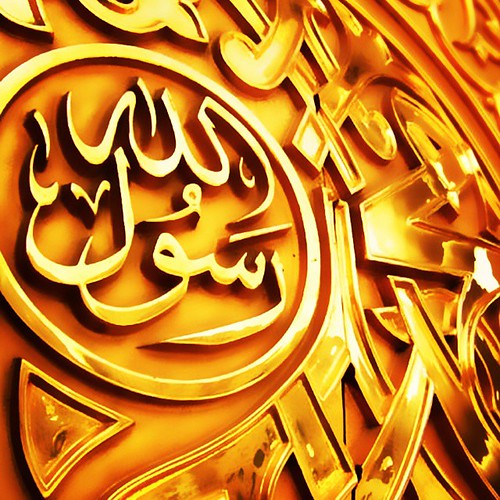
The Sirah, or biographies of the Prophet Muhammad, includes several significant works that provide rich insights into his life and teachings. One of the earliest and most foundational texts is Sirah Rasul Allah by Ibn Ishaq, composed in the 8th century, specially around 765 CE, and later edited by Ibn Hisham in the early 9th century. This work is notable for its detailed narrative, covering Muhammad’s early life in Mecca, his prophethood, the struggles of the early Muslim community, and key events like the Hijra (migration to Medina) and the battles against the Quraysh. Ibn Ishaq’s account is essential for understanding the historical context of early Islam. Another important biography is Al-Sirah al-Nabawiyyah by Ibn Sa’d, written around 845 CE. This work builds on Ibn Ishaq’s narrative but offers more extensive analysis of the Prophet’s life and the lives of his companions. Ibn Sa’d delves into the socio-political climate of 7th-century Arabia, highlighting interactions between various tribes and the challenges faced by the nascent Muslim community. A widely acclaimed modern biography is Ar-Raheeq Al-Makhtum (The Sealed Nectar) by Safiur-Rahman al-Mubarakpuri, published in 1979. This work won the first prize in a competition organized by the Muslim World League and is celebrated for its clarity and adherence to authentic sources. Al-Mubarakpuri presents a chronological account of Muhammad’s life, emphasizing his moral character, leadership qualities, and the significance of his message. In the Footsteps of the Prophet by Tariq Ramadan was published in 2007 and offers a contemporary interpretation of the Prophet’s life, focusing on the spiritual and ethical dimensions of his teachings. Ramadan examines how the Prophet’s actions and values can inform modern ethical dilemmas, encouraging readers to draw lessons from his life applicable to contemporary issues such as justice, compassion, and community. Lastly, The life of the Prophet Muhammad by Muhammad Husayn Haykal was published in 1935. This comprehensive analysis combines historical narrative with socio-political commentary emphasizing the transformative impact of Muhammad’s teachings on society and exploring themes such as social justice, equality, and the establishment of a moral community. Together, these works not only document the life of one of history’s most influential figures but also reflect the evolving interpretations and understandings of his legacy across different historical and cultural contexts.